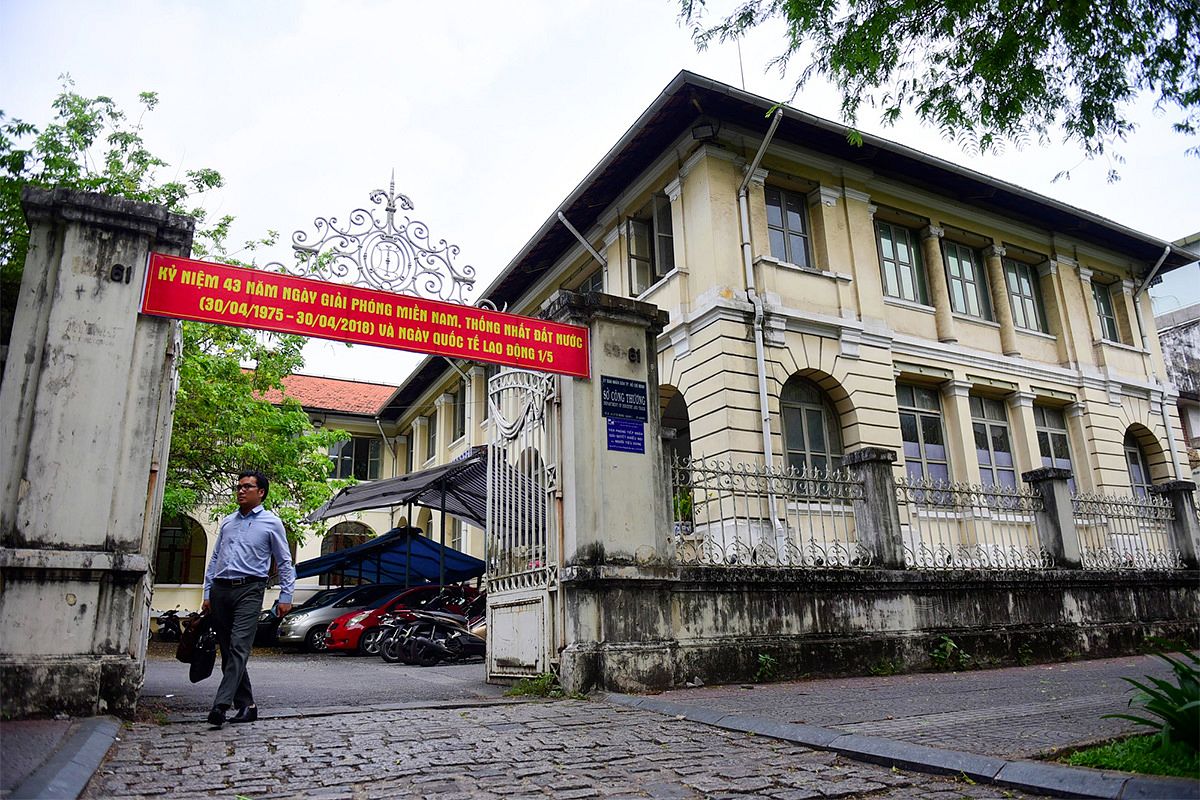Many Vietnamese recognize Nguyen Dinh Chieu as one of the country’s greatest poets whose nationalist and anti-colonist works depicted the dream of a society of integrity and benevolence.
Nguyen Dinh Chieu was born on July 1, 1822 to a Confucian family in Gia Dinh. His father, Nguyen Dinh Huy, was a Thua Thien-Hue native, who was ordered by the imperial government to move to Gia Dinh and serve under General Le Van Duyet. Huy married his second wife here, and Chieu was their first son.
Chieu grew up following the trí quân trạch dân philosophy, which involved assisting the emperor in making judicious decisions, and taking care of the common people. He passed the regional imperial examinations in 1843. Three years later, Chieu traveled to Thua Thien-Hue province for the opening of the metropolitan examinations.
However, while on his way to the imperial capital, he was forced to withdraw from the examinations to return to Gia Dinh after learning of his mother’s death. Chieu's bad luck didn’t stop there, as he contracted an eye infection during his stay at home and went completely blind.
Despite these hardships, Chieu was still committed to helping people. He opened a small school to teach students moral principles and was also a popular medical practitioner in Gia Dinh. He started to compose poetry, and during this time he wrote The Tale of Luc Van Tien in nôm script – one of the two most celebrated Vietnamese epic poems, along with Nguyen Du’s The Tale of Kieu – to reaffirm traditional moral virtues and embrace southern Vietnamese culture.
Many Vietnamese can still recall its most famous lines from memory:
“Nhớ câu kiến nghĩa bất vi, “Inactive before the calling of justice,
Làm người thế ấy cũng phi anh hùng.” Such person is everything but a hero.”
When the French attacked Gia Dinh to expand their empire in 1859, Chieu fled to his wife’s hometown in Can Giuoc District. Unlike his contemporary, guerrilla army leader Truong Dinh, Chieu could not physically contribute to the insurgency because of his blindness. Yet he was still an influential figure of the southern resistance thanks to his literary works. Among them, perhaps the most representative is Van te nghia si Can Giuoc, in which Chieu honored the farmer-soldiers who sacrificed themselves to fight for the independence of the nation.
Unsatisfied with the 1862 Treaty of Saigon, in which Emperor Tu Duc ceded Saigon and three southern provinces to France, Chieu and his family fled again, this time to Vinh Long province, and continued to support the southern resistance movement.
When he heard news of Truong Dinh’s death, instead of portraying Dinh as a rebel, he wrote Van te and Muoi hai bai tho lien hoan to mourn the loss of an important confidant and publicly denounce the imperial government’s submission to the French.
In 1867, France seized another three southern provinces, leading to the collapse of the southern resistance movement. However, unwilling to follow the rulings of Hue and the French, Chieu continued to compose poetry.
In today’s Saigon, several schools are named after Chieu to honor his dedication to Vietnam and especially to the southern Vietnamese people. Nguyen Dinh Chieu Street in District 3 is also among the most vibrant areas of the city.















